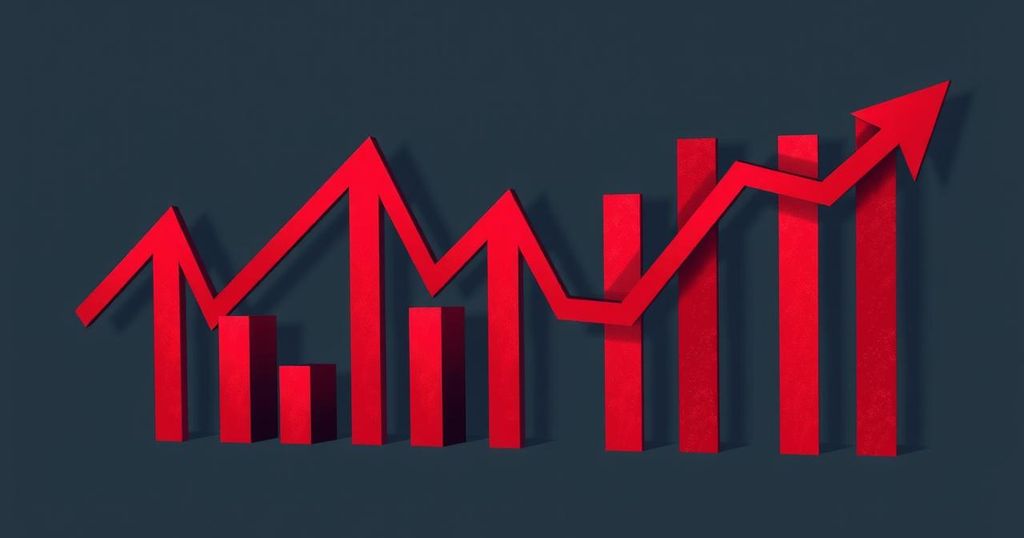The OECD predicts Argentina’s GDP will grow by 5.7% in 2025, following significant economic reforms. Despite this growth, the inflation rate is expected to remain high at 28.4%. Key factors supporting recovery include disinflation, improvements in key sectors, and a successful debt repayment. Challenges such as currency stabilization persist, necessitating ongoing fiscal responsibility from the government.
The OECD has projected that Argentina’s GDP will grow by 5.7% in 2025, marking a notable improvement in economic outlook after a period of contraction. Despite this optimistic forecast, the annual inflation rate is anticipated to remain high at 28.4%, according to the OECD’s Economic Outlook, Interim Report of March 2025. Meanwhile, the IMF and World Bank estimate approximately 5% growth for the same year.
According to the latest Market Expectations Survey from Argentina’s Central Bank, there are positive signs of economic recovery with experts estimating a 23.3% inflation rate and 4.8% GDP growth for 2025. The factors contributing to this recovery include fiscal reforms and adjustments by President Javier Milei’s administration, a pronounced decrease in inflation rates, which are expected to drop from 117.8% in 2024 to 23.3% in 2025, and growth in critical sectors such as energy, mining, and agriculture.
Increased real wages resulting from disinflation will enhance consumption levels, and the tax amnesty plan from August 2024, which generated over $22 billion, further supports economic growth. However, this projected growth follows an estimated contraction of 2.8% in 2024. Experts are also concerned about stabilizing the currency, with a predicted nominal exchange rate of 1,175 pesos per dollar by December 2025.
To ensure a sustained economic recovery and attract foreign investments, the Argentine government must focus on maintaining fiscal responsibility and continuing economic reforms. The Incentive Regime for Large Investments, introduced in July 2024, aims to attract investments exceeding $200 million by providing considerable tax and regulatory incentives across various sectors, including energy and technology, for a period of up to 30 years. Additionally, Argentina made a significant debt repayment of US$4.341 billion in January to international bondholders, enhancing investor confidence in the nation’s economic recovery efforts.
In summary, while the OECD forecasts a promising 5.7% growth in Argentina’s GDP for 2025, challenges such as high inflation and currency stabilization remain. The government’s fiscal reforms, sector growth, and strategic incentives for investments are essential for sustaining this positive trend. However, continuous efforts towards fiscal responsibility and economic reform will be crucial to attract foreign investment and ensure long-term stability.
Original Source: eurasiabusinessnews.com




